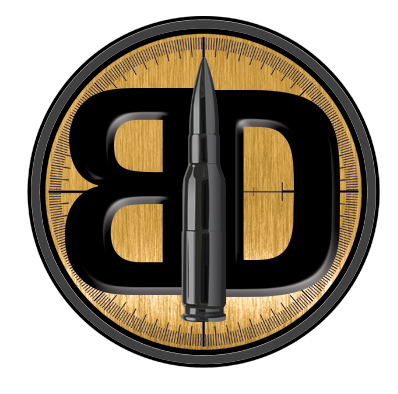As responsible gun owners and parents, it is crucial to educate our children about firearm safety to prevent accidents and promote responsible behavior. Teaching children about gun safety and awareness empowers them with knowledge and ensures their safety if they encounter firearms outside the home. In this blog post, we will discuss effective strategies for training children in gun safety, emphasizing the importance of awareness, responsibility, and communication.
- Start with Open and Honest Communication:
Establishing open and honest communication about firearms is the foundation of teaching gun safety to children. Create a safe environment for discussions and encourage them to ask questions. Address any curiosity they may have regarding firearms while emphasizing the seriousness and potential dangers associated with them. - Age-Appropriate Education:
Adapt your approach to match your child’s age and developmental level. Introduce age-appropriate lessons and concepts to ensure they understand the basics of gun safety. Consider the following points:- a. Eddie Eagle Program: Younger children can benefit from programs like the Eddie Eagle GunSafe® Program, which teaches them to “Stop! Don’t touch! Run away! Tell a grown-up!” when they encounter a firearm.
- b. Basic Firearm Terminology: Teach older children the basic terminology associated with firearms. Explain terms like “unloaded,” “safety,” and “muzzle” to help them understand important safety concepts.
- c. Visual Aids: Utilize visual aids such as pictures, diagrams, or videos to illustrate and reinforce key safety rules and concepts. Visual cues can be effective tools for children’s learning.
- Establish Four Fundamental Rules of Firearm Safety:
Emphasize and regularly reinforce the four fundamental rules of firearm safety:- a. Treat Every Firearm as if it’s Loaded: Teach your child to always assume that a firearm is loaded, even if they think it is not.
- b. Keep Your Finger Off the Trigger: Teach children to keep their fingers off the trigger until they are ready to shoot. Encourage them to rest their finger alongside the frame or trigger guard.
- c. Point the Muzzle in a Safe Direction: Instill in your child the importance of always pointing the muzzle in a safe direction, away from themselves and others.
- d. Know Your Target and What’s Beyond: Teach children to be aware of their target and what lies beyond it. Stress the significance of never firing at something unless they are absolutely sure it is safe.
- Role-Playing and Practical Demonstrations:
Engage children in role-playing scenarios and practical demonstrations to reinforce the importance of gun safety rules. Practice the following:- a. Clear and Verbalize Actions: Demonstrate and have your child practice how to safely check and clear a firearm, ensuring it is unloaded and safe to handle.
- b. Safe Handling Techniques: Teach your child proper handling techniques, including how to hold a firearm safely, keeping it pointed in a safe direction, and maintain control at all times.
- c. Safe Storage Awareness: Educate your child about the importance of safe storage and explain the reasons behind securing firearms in a locked safe or utilizing trigger locks. Emphasize that firearms should never be accessible to unauthorized individuals.
- Encourage Reporting and Seek Adult Help:
Teach your child the importance of reporting any encounter with firearms to a trusted adult immediately. Emphasize that they should never touch or handle a firearm they find, but instead notify an adult, such as a parent, teacher, or caregiver. - Leading by Example:
As a parent or guardian, your behavior around firearms significantly impacts your child’s perception of gun safety. Lead by example and demonstrate responsible gun ownership by following safety protocols consistently. Show your child the importance of treating firearms with respect and adhering to



